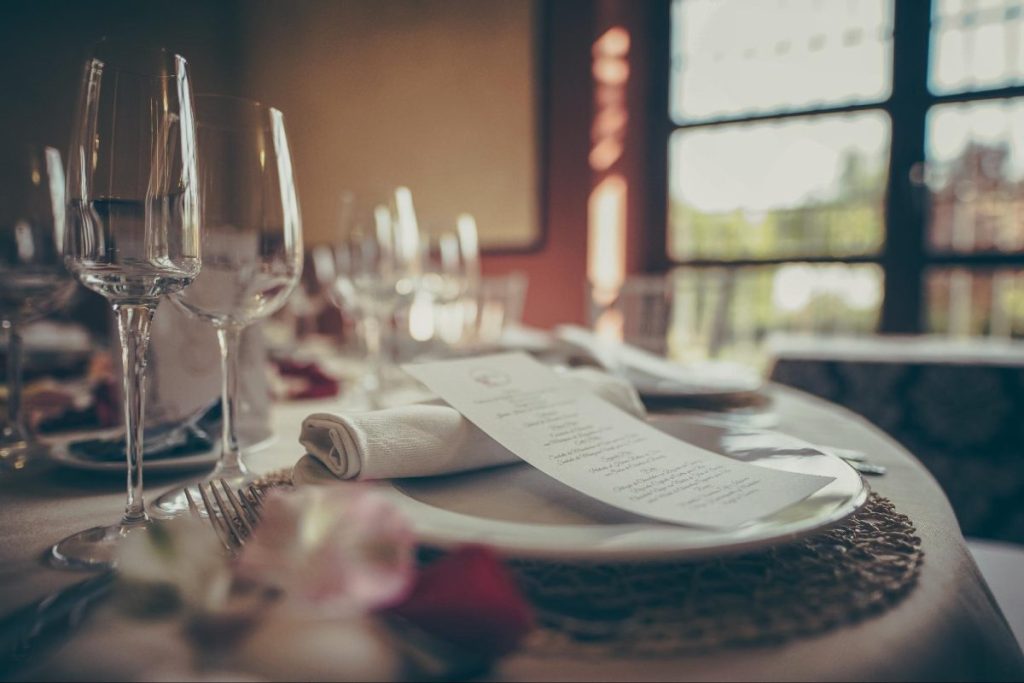Menu engineering is a strategic approach to designing and optimizing restaurant menus to maximize profits while providing a delightful and satisfying experience to customers.
In today’s increasingly competitive restaurant industry, mastering menu engineering is essential for success.
This article explores some innovative techniques in menu design and optimization, which can help you delight customers and boost your profit margins.
Table of Contents
The Science Behind Menu Design
Menu engineering considers the psychology of choice and perception, along with key financial factors like pricing, food cost, and profit margins.
By understanding how customers make decisions and perceive value, you can design a menu that promotes the most profitable items and influences customers to make choices that are both satisfying and beneficial to your bottom line.
Optimizing Item Descriptions
How you describe your dishes can make a world of difference in enticing customers to order them. Appeal to the senses by using descriptive language that evokes the taste, texture, and aroma of your dishes to make them more enticing. Emphasize the use of high-quality, premium, or exotic components in your dishes to justify premium pricing. Tell a story by sharing the background or inspiration behind a dish, which can create an emotional connection and enhance the perceived value.
Smart Pricing Strategies
Pricing plays a critical role in how customers perceive value, and strategic pricing can significantly impact your profit margins. Consider the following pricing techniques and check out this menu pricing guide for more insights:
- Psychological Pricing: Ending your prices in 9 or 95 (e.g., $9.99 or $15.95) can create a perception of a better deal for customers.
- Price Anchoring: By offering both premium and budget options, you can guide customers to choose the mid-priced dishes that offer you the best profit margin.
- Removing Dollar Signs: Research has shown that removing currency symbols from prices can reduce the focus on cost and encourage customers to spend more.
Measuring Performance
Regularly analyze your menu’s performance using key metrics like sales data, customer feedback, and food costs. This data-driven approach will enable you to make informed decisions about which dishes to feature, adjust, or remove to maximize both profit and customer satisfaction.
Strategic Layout
The layout of your menu plays a crucial role in influencing customers’ choices. Here are some essential layout strategies to maximize profit and customer satisfaction:
- The Golden Triangle: Most customers’ eyes naturally gravitate toward the center of a menu before scanning the top right and top left corners. Place your most profitable items in these areas to increase their chances of being ordered.
- Grouping: Organize your menu into logical sections, such as appetizers, entrees, and desserts. Not only does this make it easy for customers to find what they’re looking for, but it also allows you to control the flow of their visual journey.
- White Space: A cluttered menu can overwhelm customers, leading to analysis paralysis. Ensure your menu has enough white space to make your items stand out and facilitate quick decision-making.
Testing and Iterating
Even small changes to your menu can have a significant impact on your bottom line. Consider conducting periodic A/B testing, trying out different layouts, pricing structures, or descriptions to see what resonates best with your customers.
Remember, menu engineering is an ongoing process; be open to making adjustments and refining your approach based on real-world feedback and results.
Pick the Right Format
Choose the right format for your restaurant’s menu, considering both its atmosphere and clientele.
A fine dining establishment may opt for a sleek, elegant, and minimalist design, while a family-focused restaurant may use bright colors, illustrations, and playful typography.
Aligning your menu design with your overall branding and target audience will create a consistent experience and make a strong impression on your customers.
Regular Updates
It’s essential to refresh your menu periodically to keep it interesting for both new and returning customers. Offer seasonal dishes that incorporate in-season ingredients or introduce limited-time specials.
Regularly updating your menu can create a sense of anticipation and encourage repeat visitors to try new items during their visits.
Conclusion
Mastering menu engineering is paramount to boosting profits and customer satisfaction in the restaurant industry.
By designing a strategic menu layout, employing smart pricing strategies, optimizing item descriptions, measuring menu performance, and regularly testing and iterating, you can create a menu that delights customers and maximizes your profit margins.
It’s time to approach menu engineering with creativity, data, and a commitment to delivering an unforgettable dining experience.

